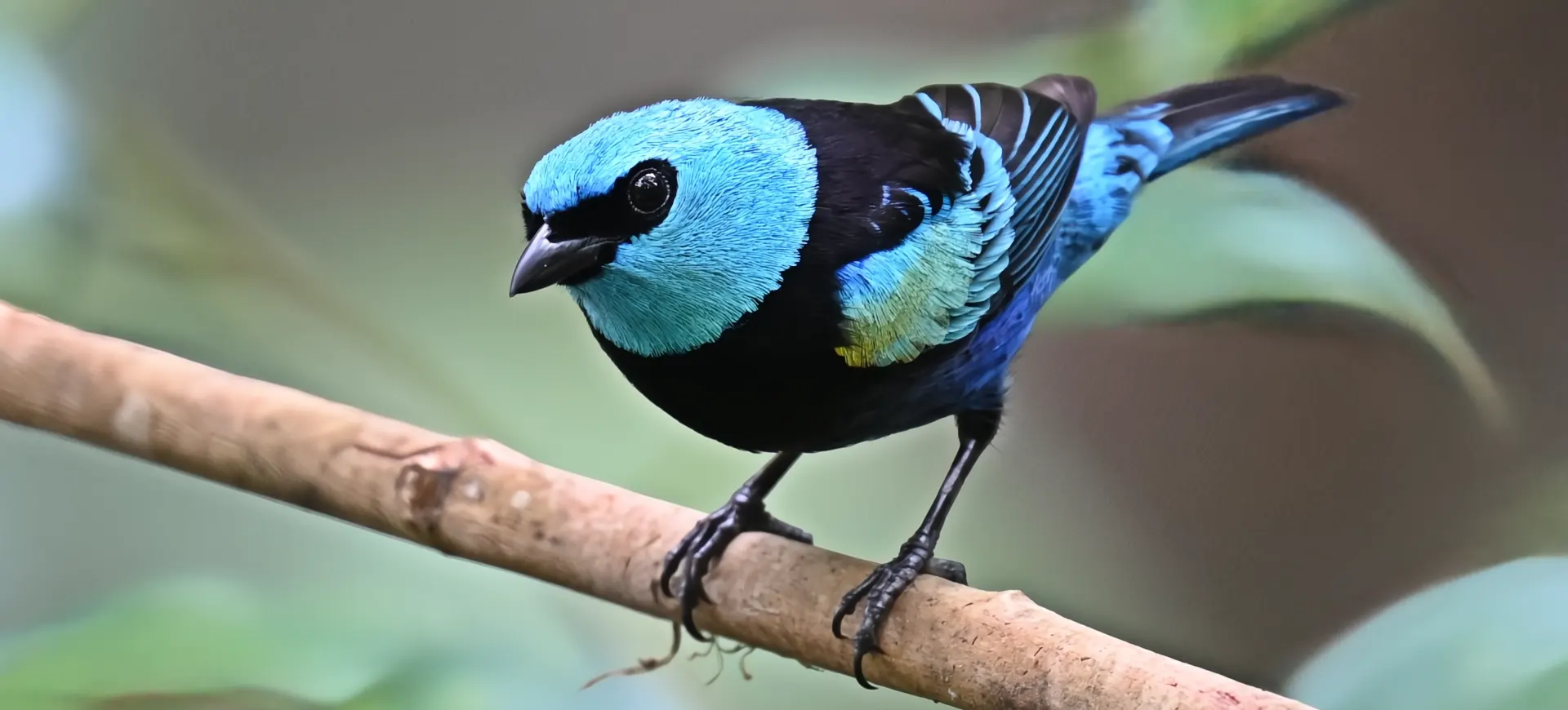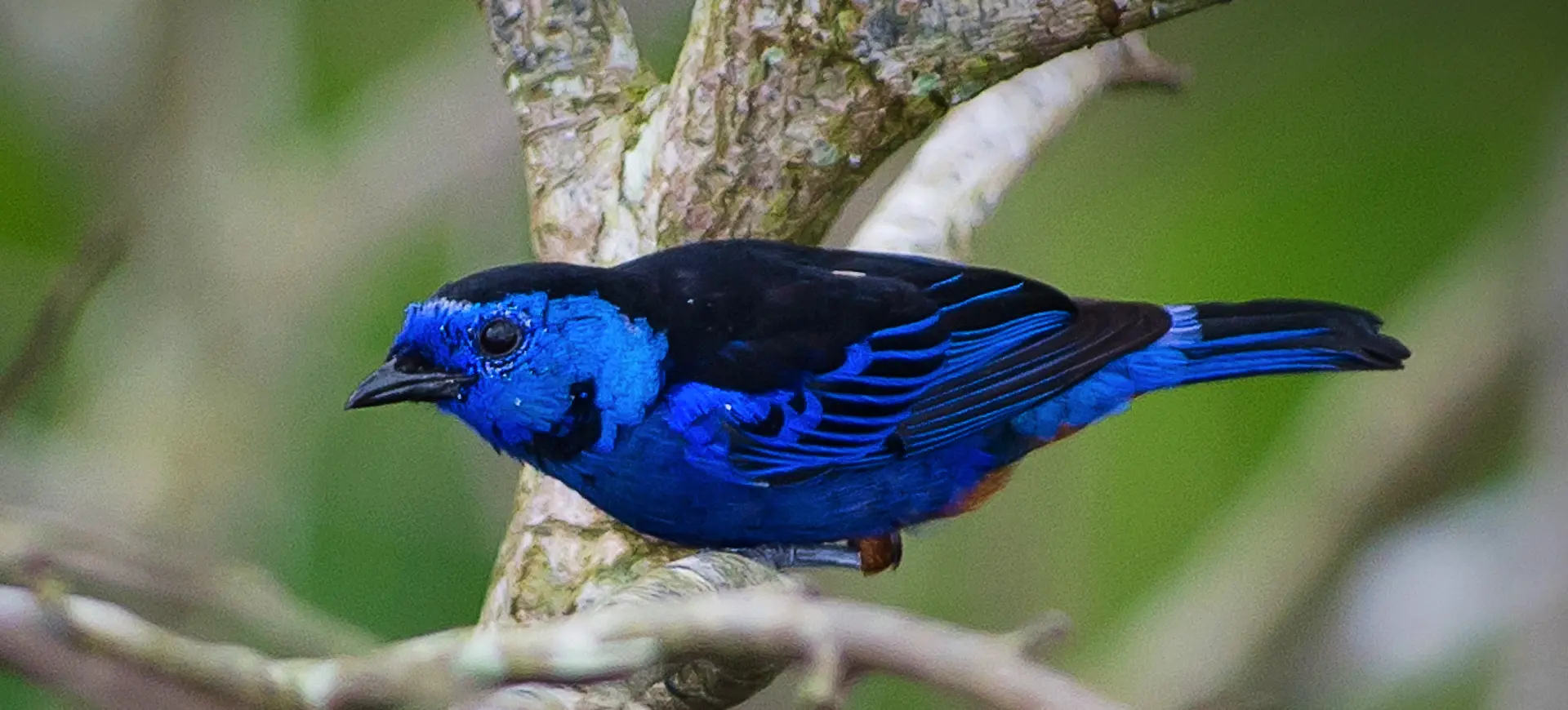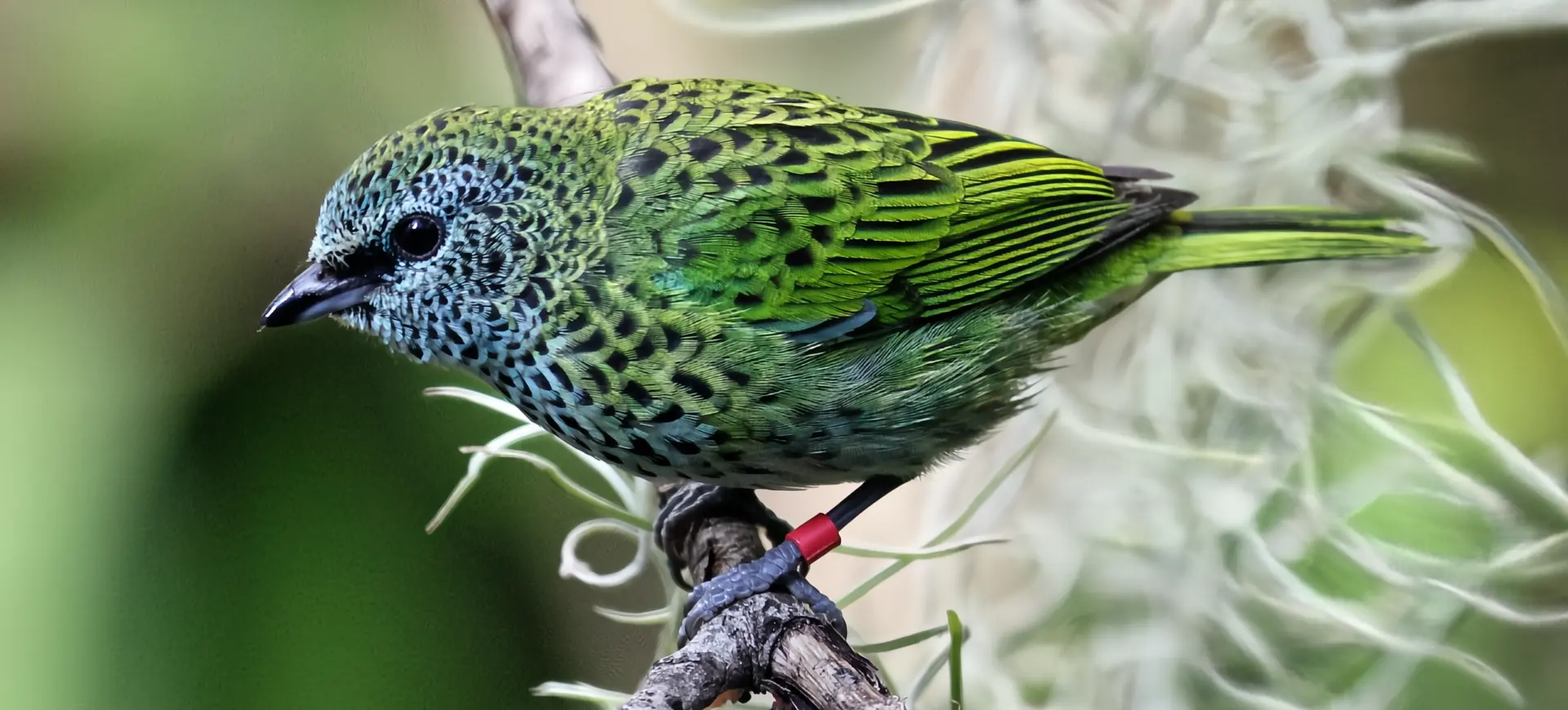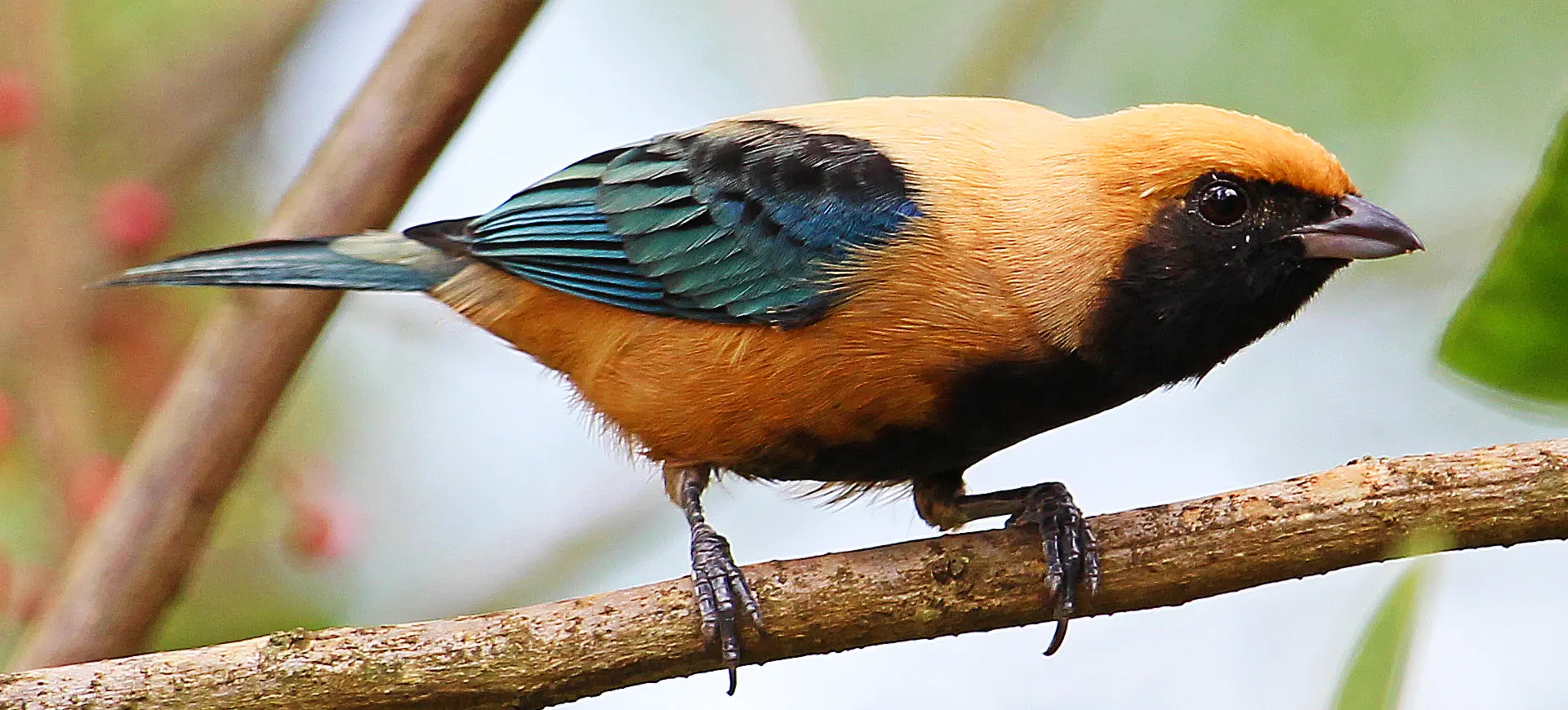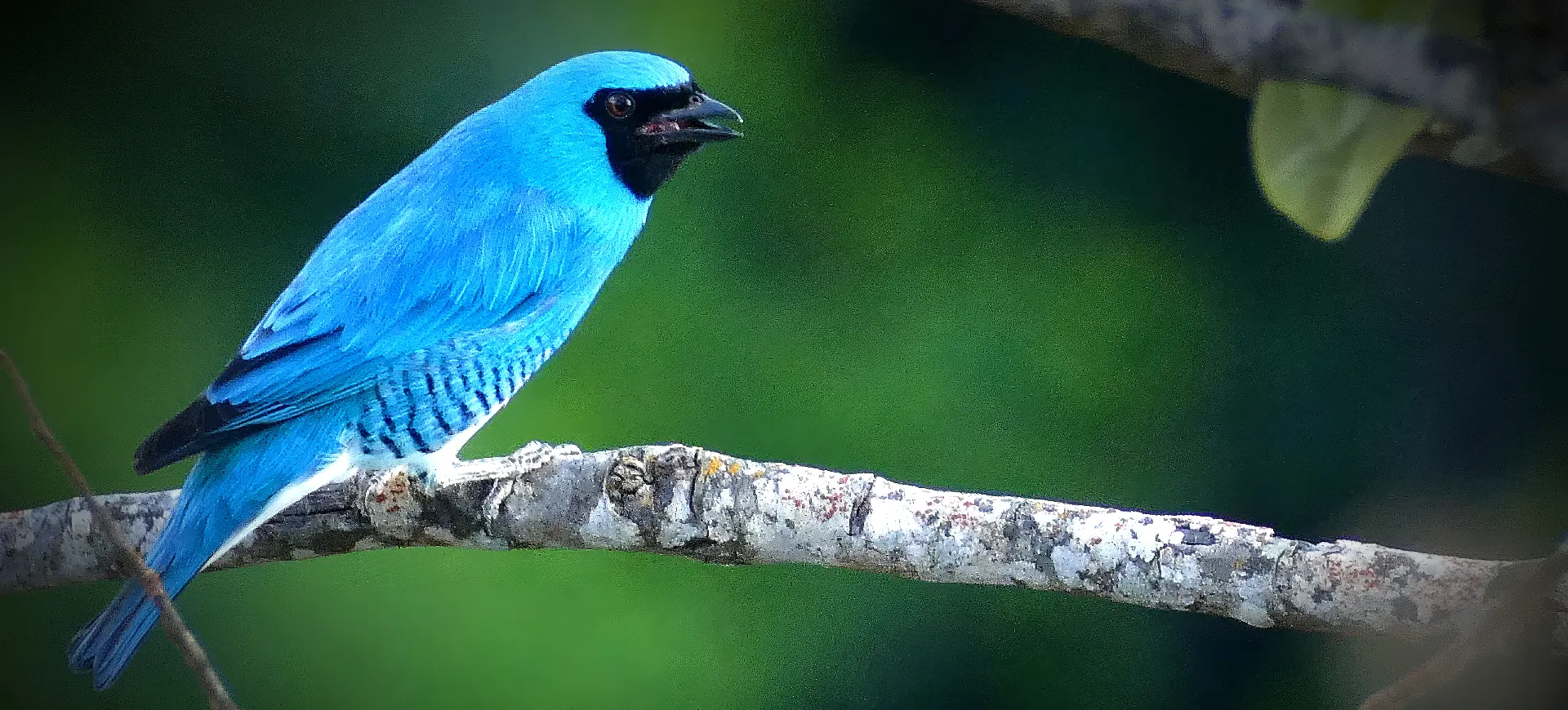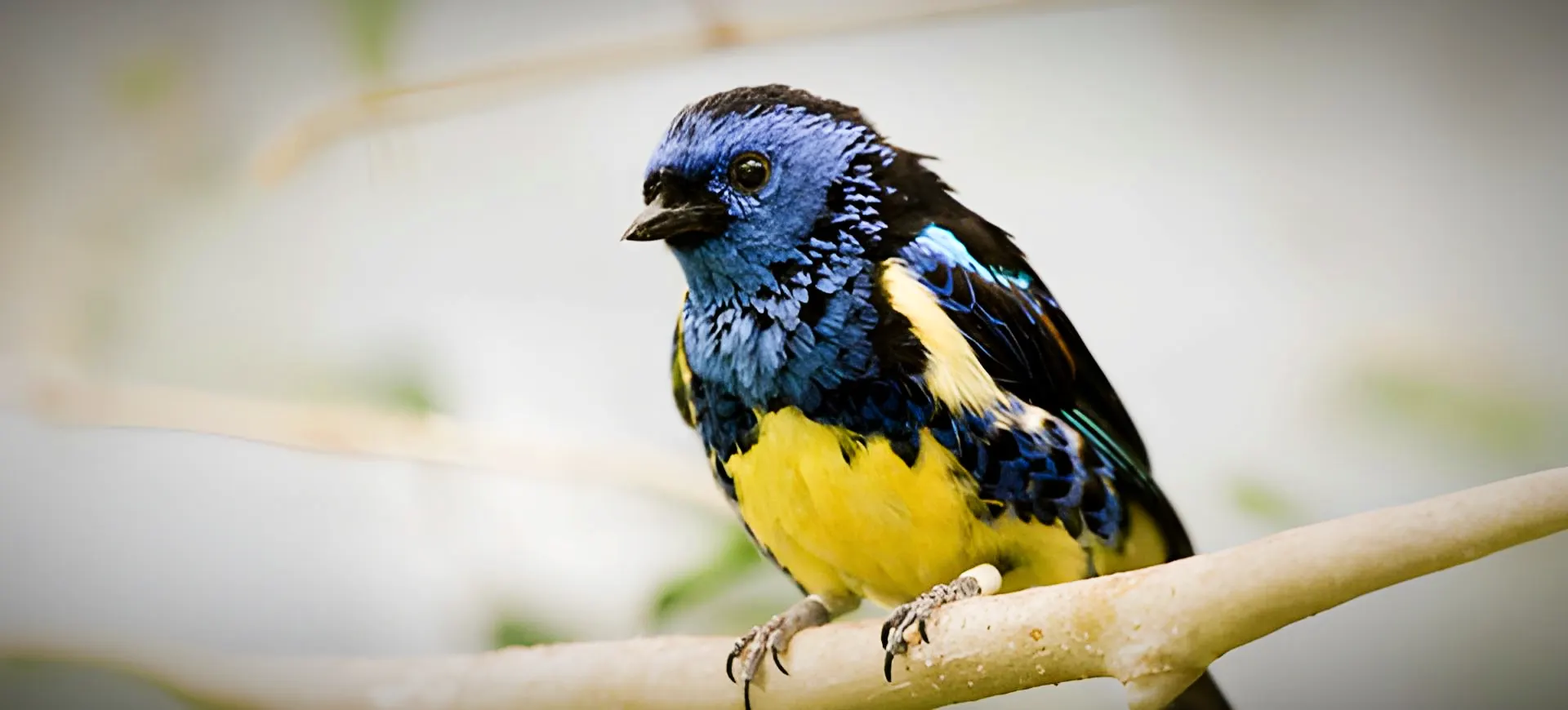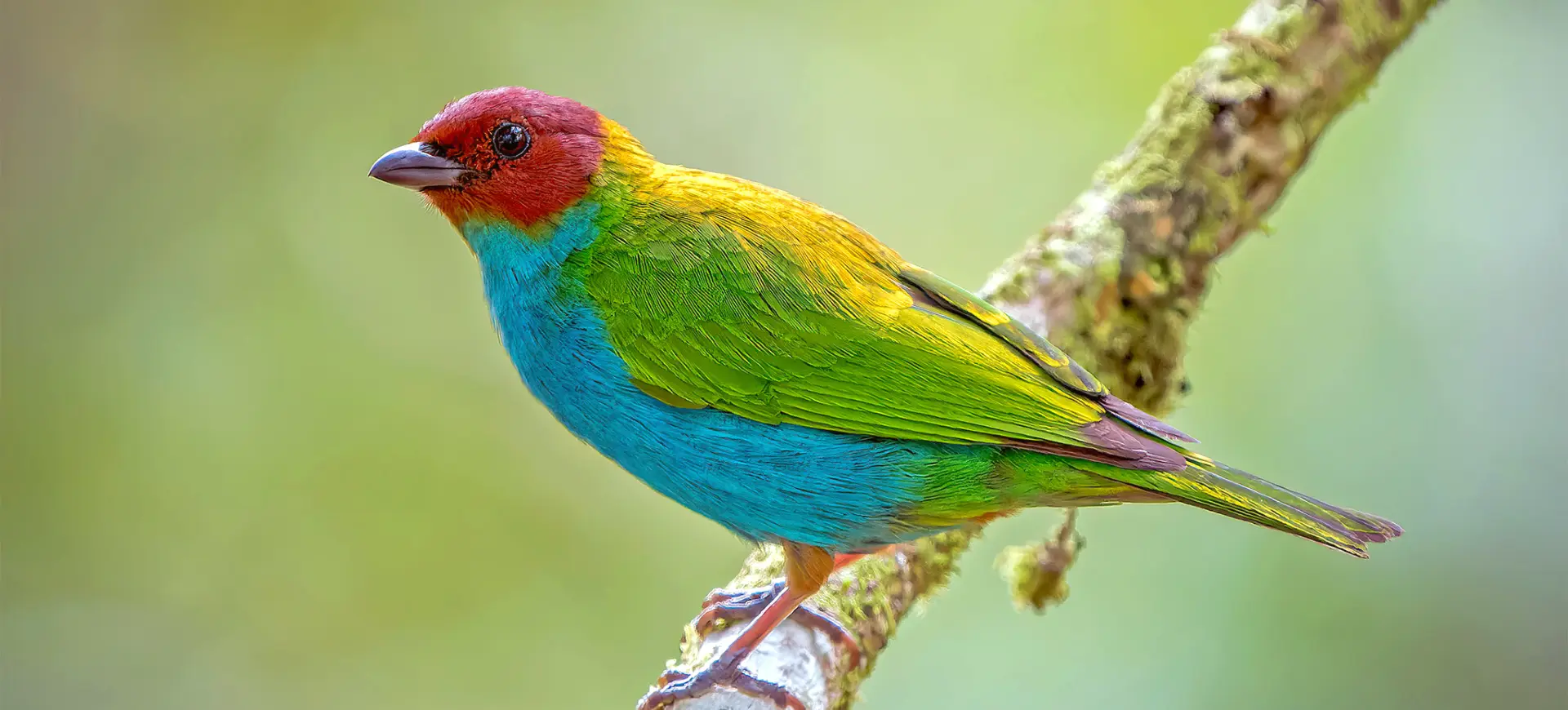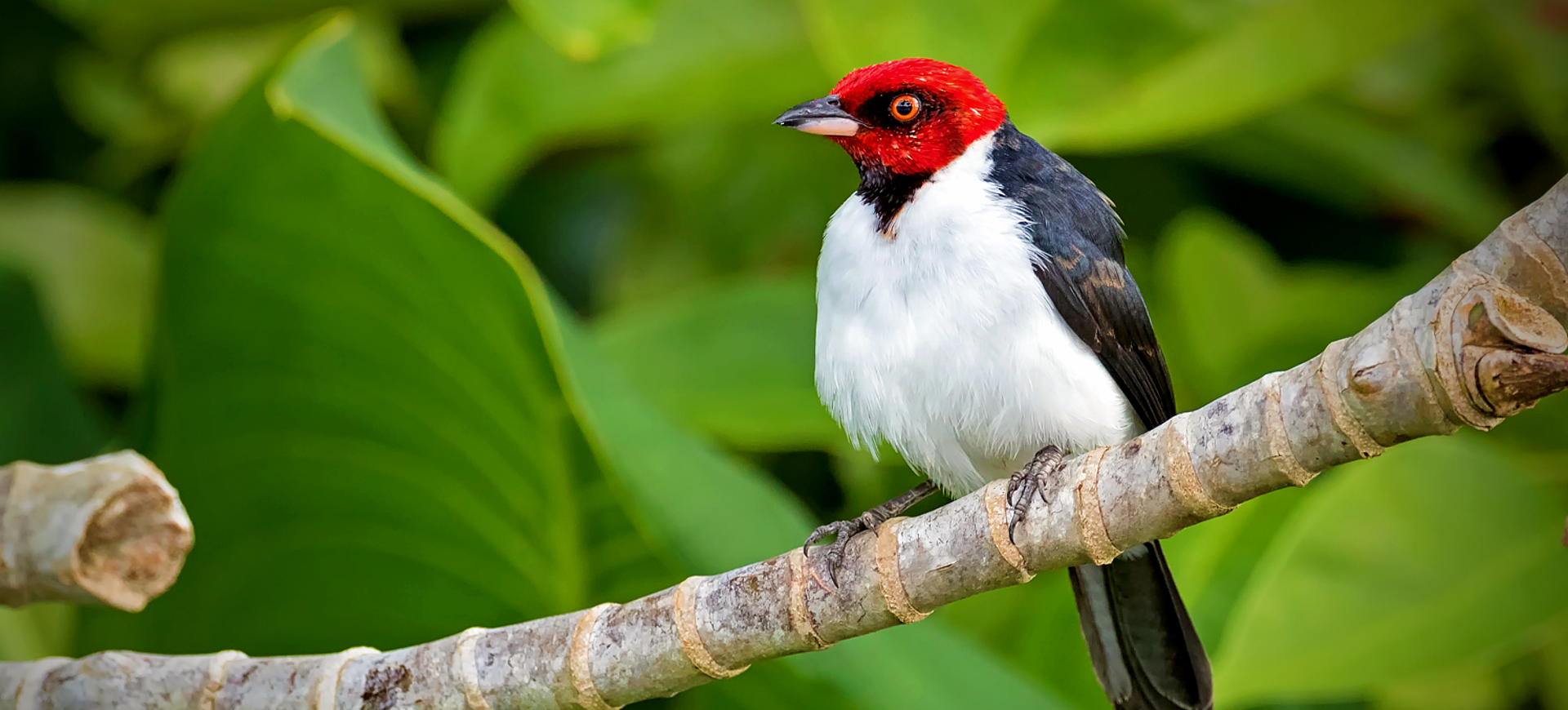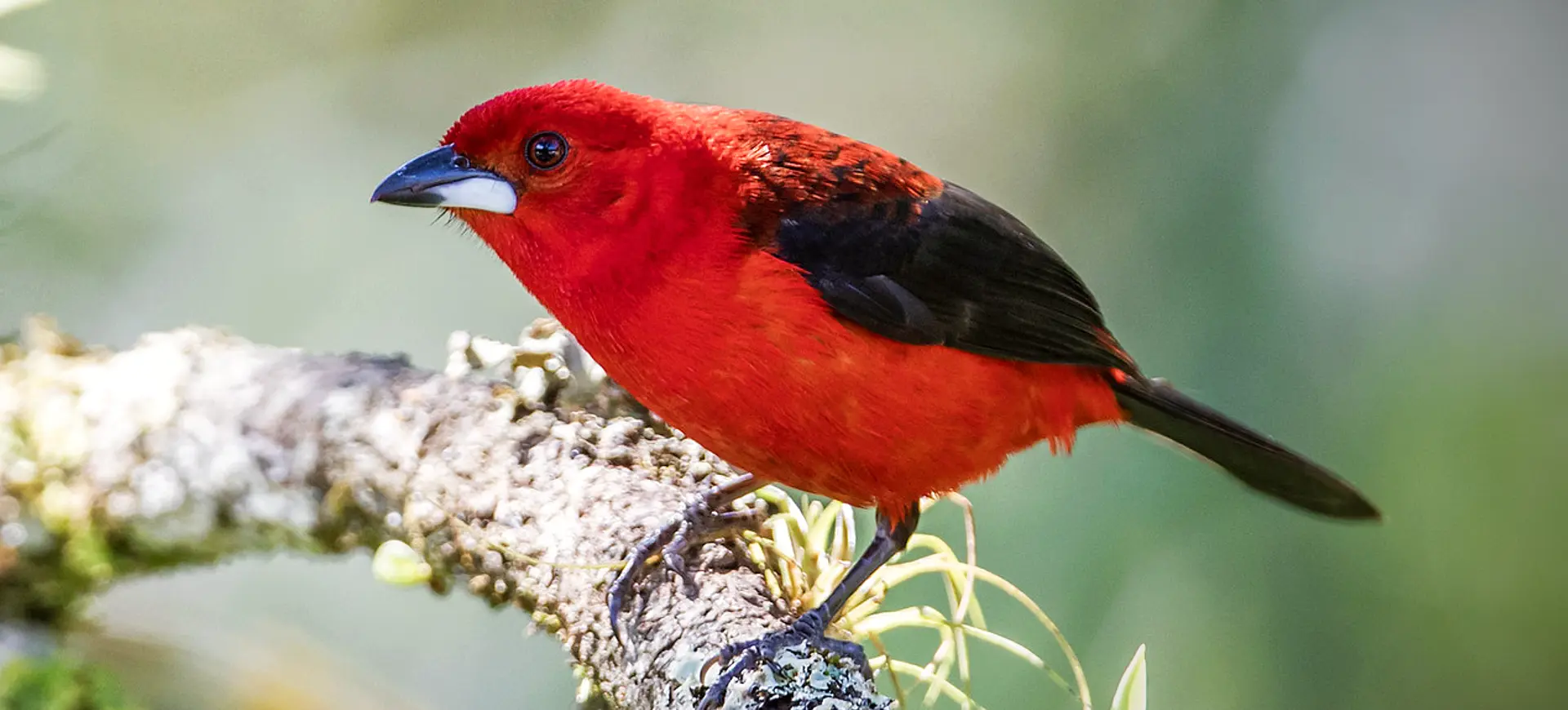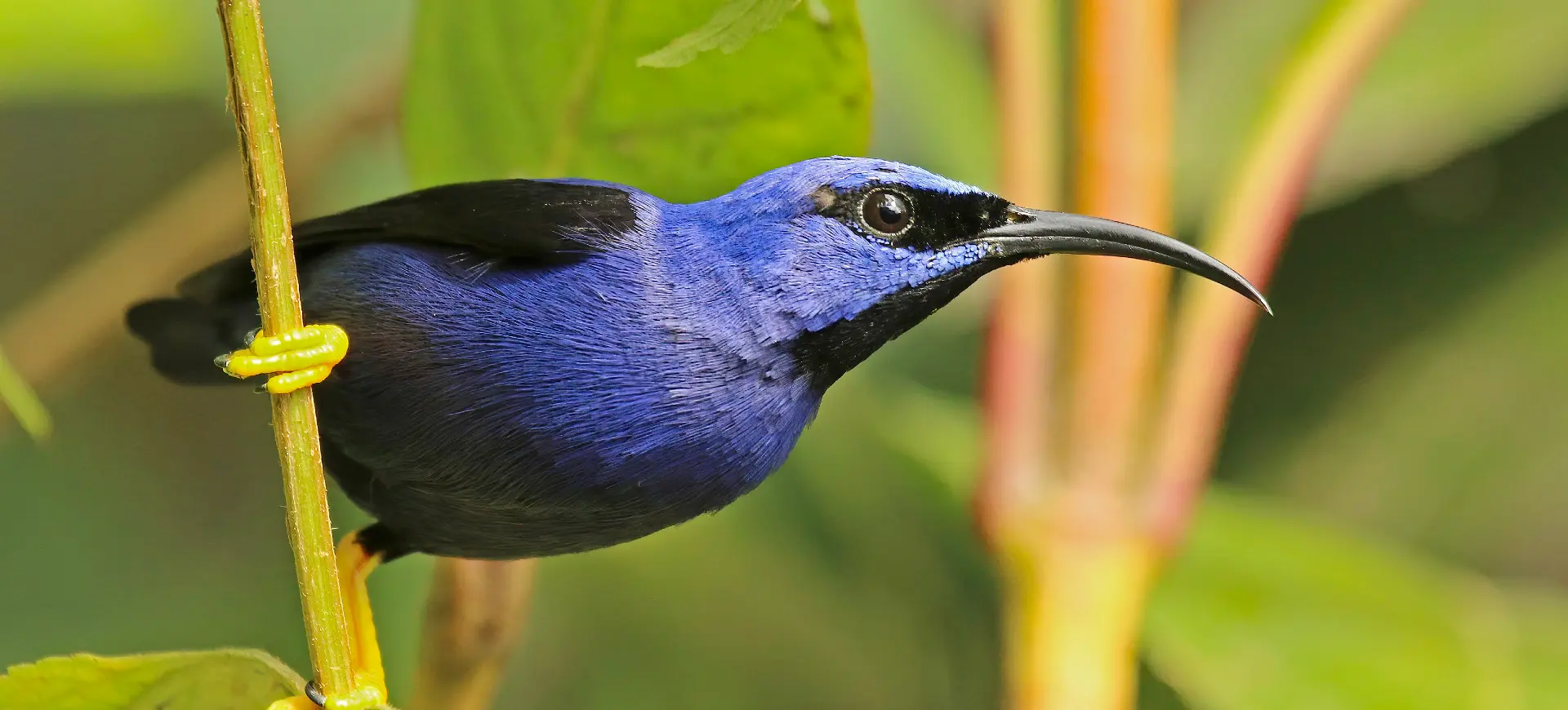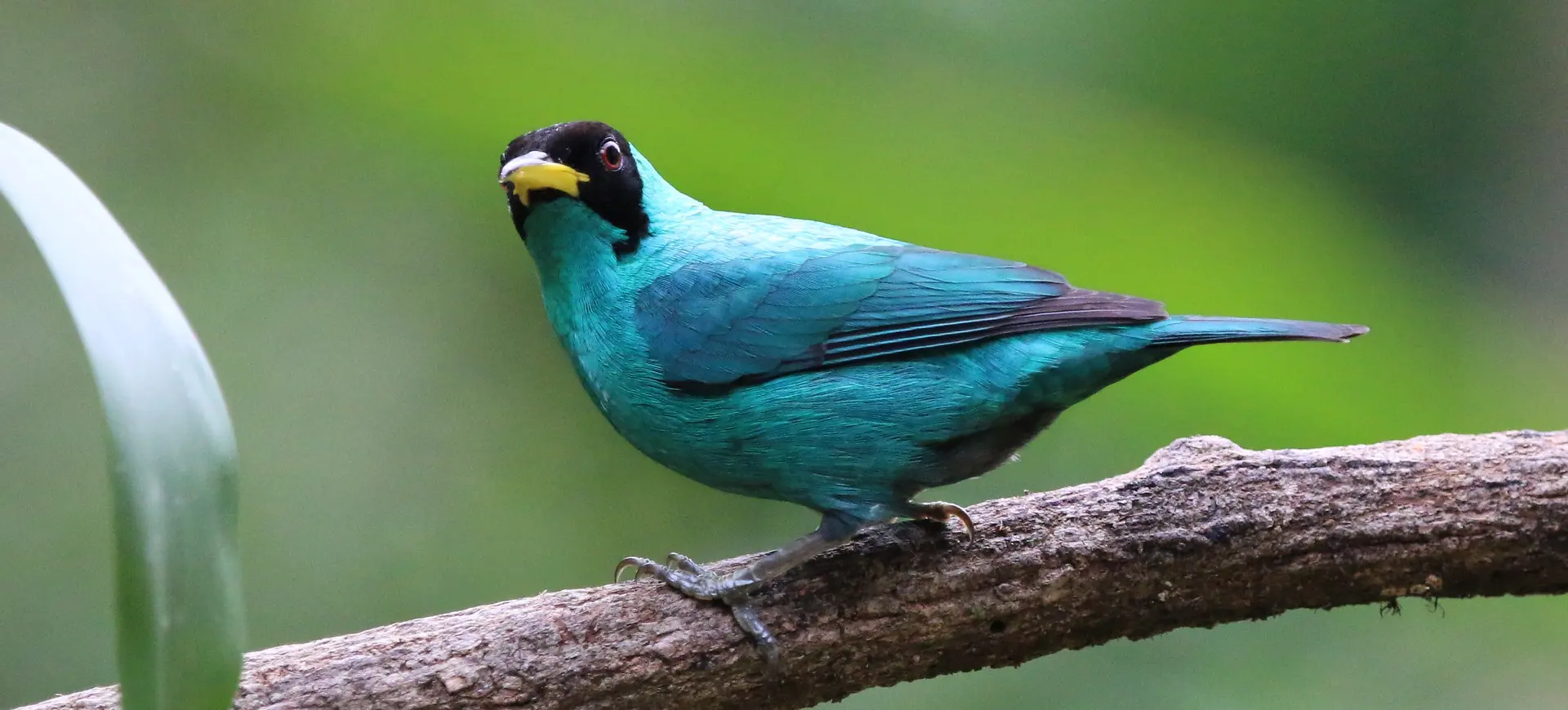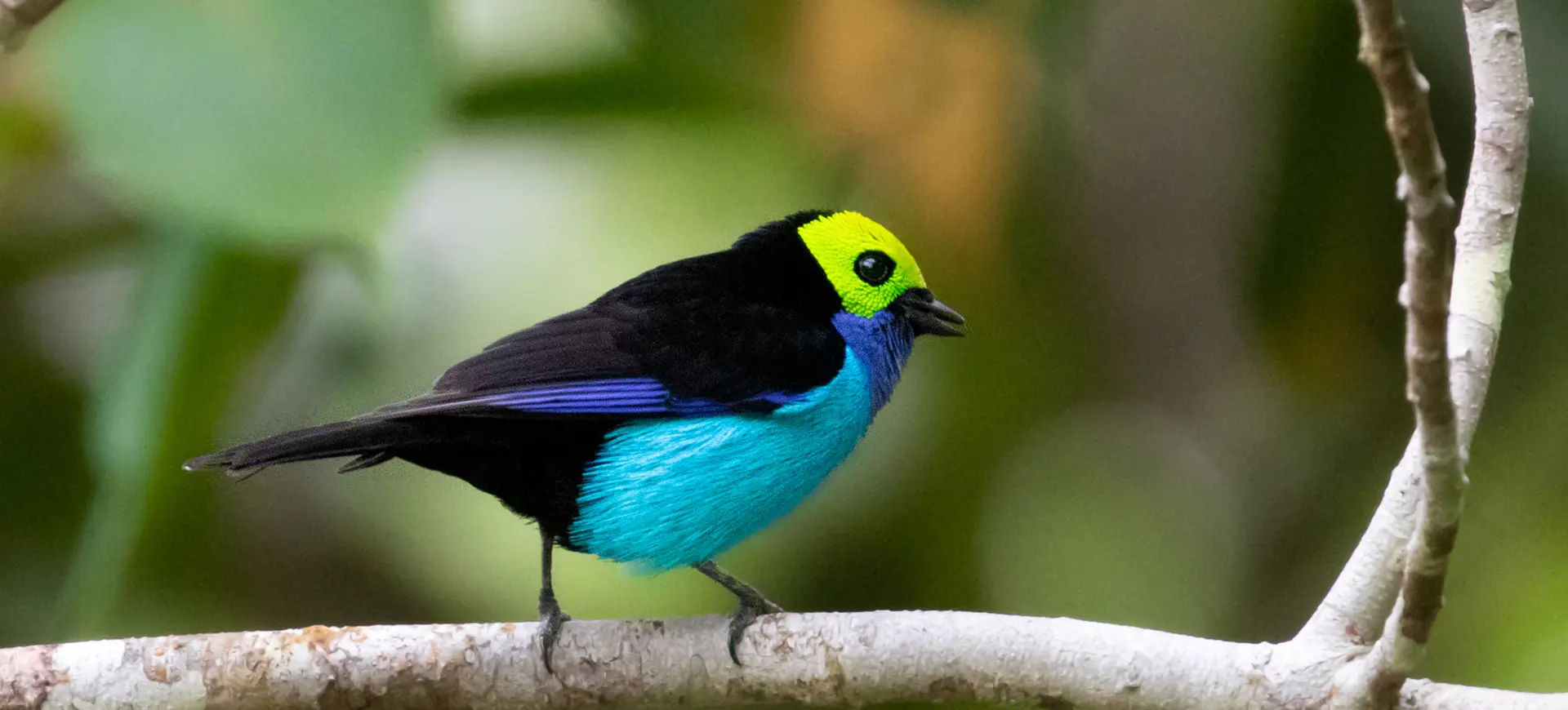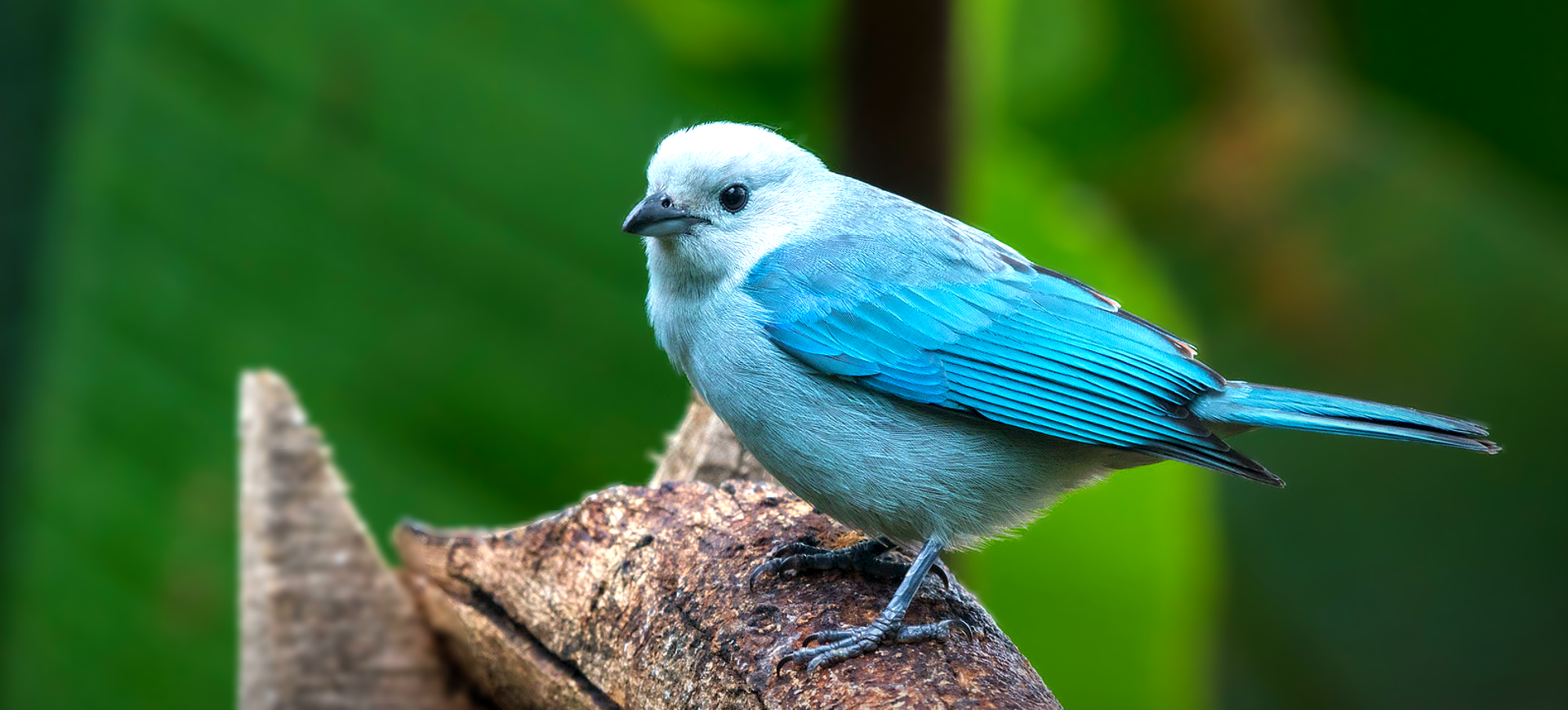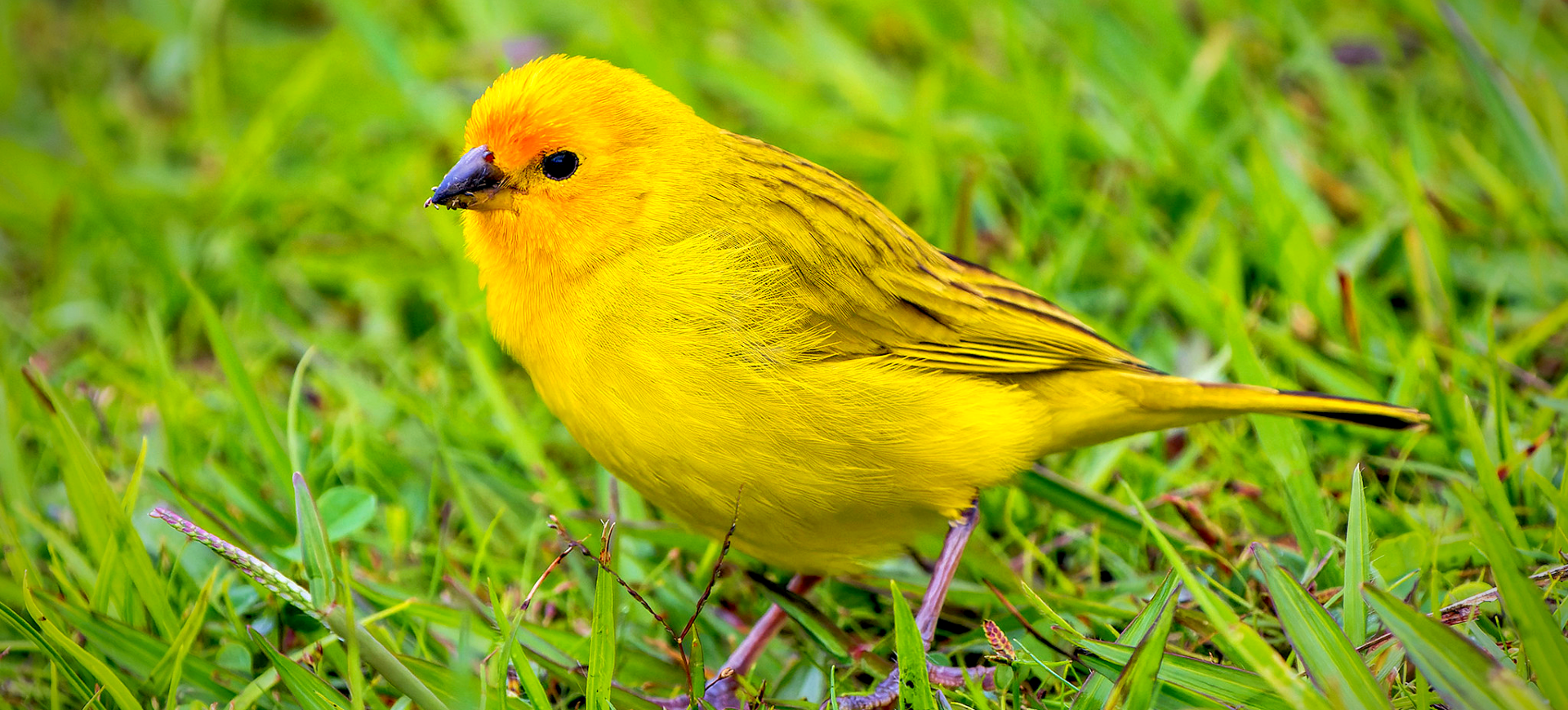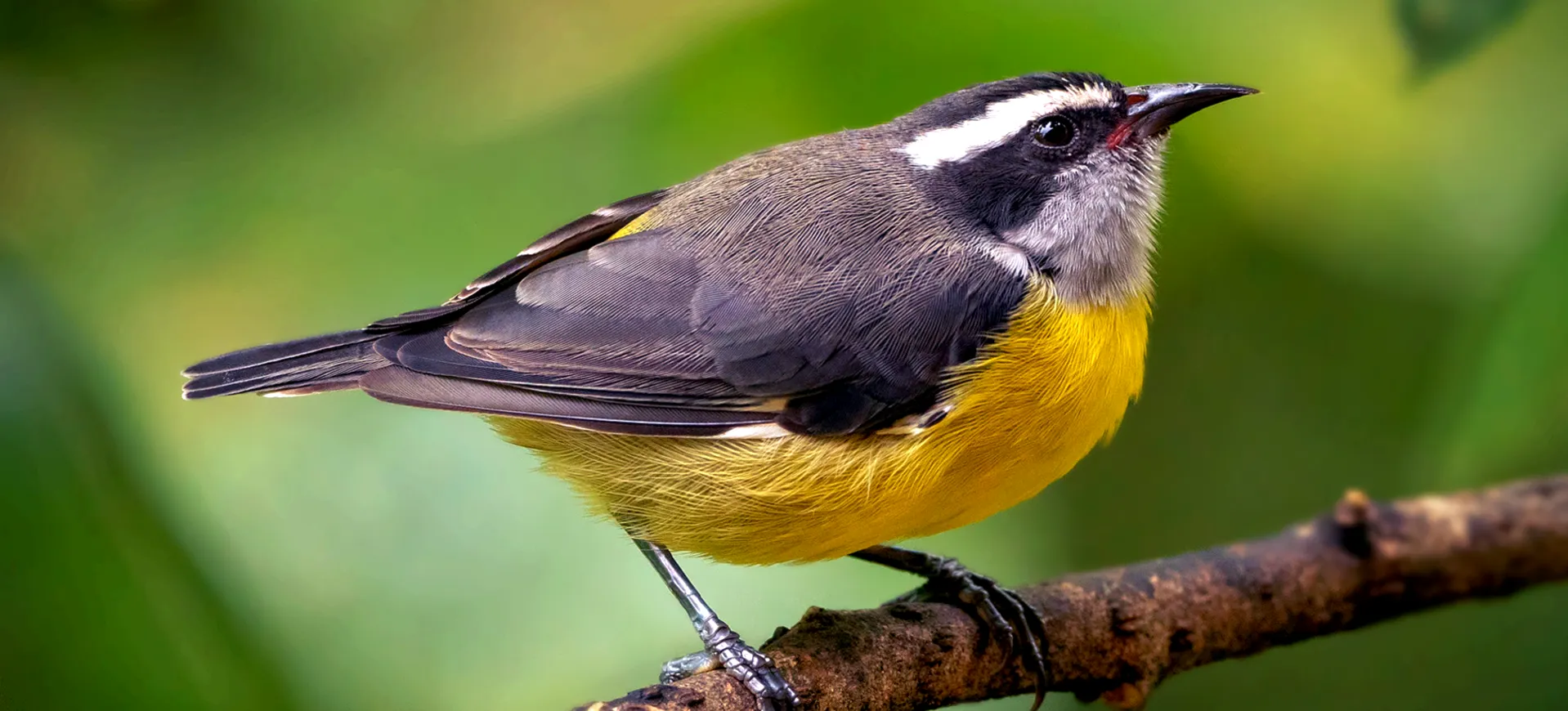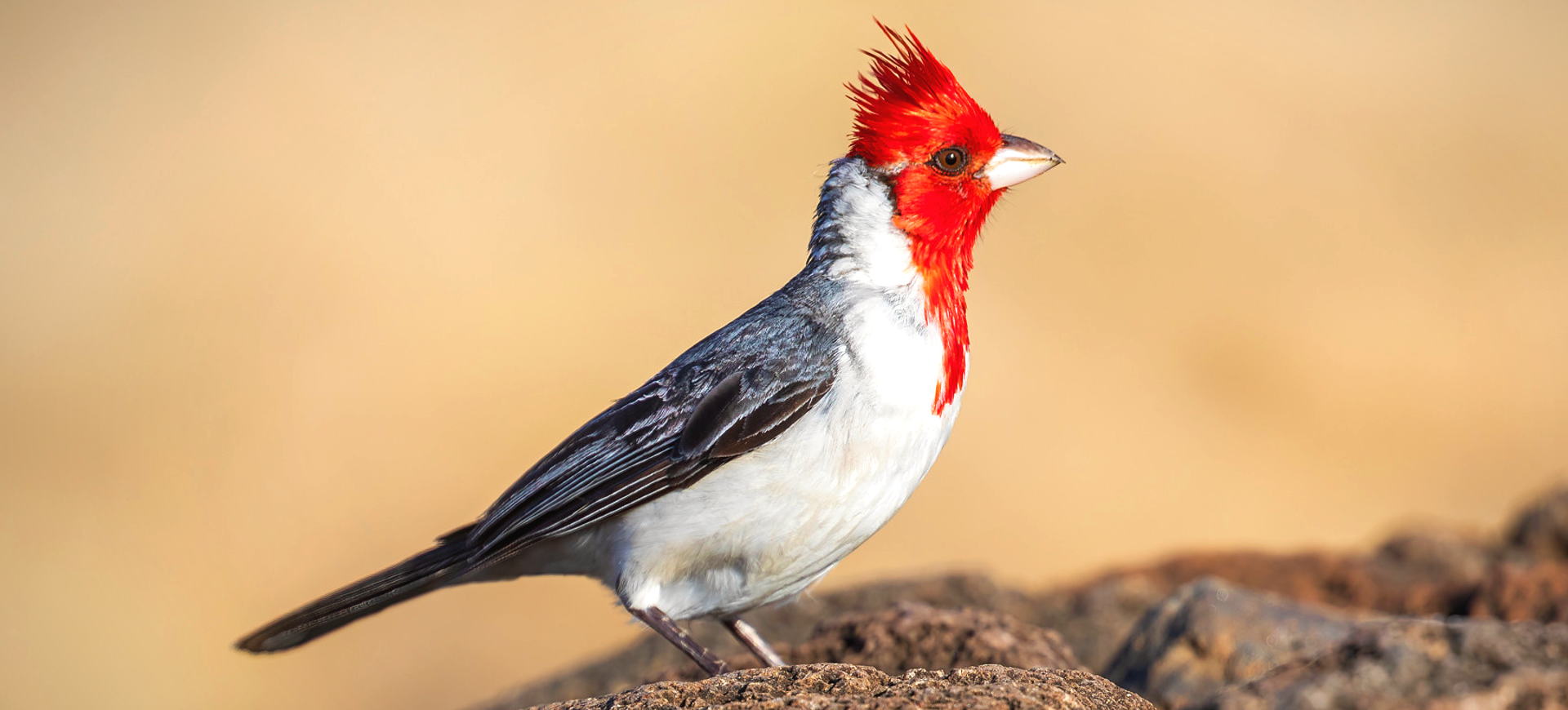Overview
The Silver-beaked Tanager, scientifically known as Ramphocelus carbo, is a small, vibrant bird native to South America. Belonging to the Thraupidae family, it is known for its striking plumage and melodious song. The males are particularly notable for their glossy, deep red or maroon coloration with a distinctive silver beak, from which the species derives its name. Females and juveniles, in contrast, are a more subdued brownish or dusky red with a less shiny beak.
These birds are commonly found in open and semi-open areas in lowlands and foothills, preferring habitats like light woodlands, gardens, and shrublands. They are highly adaptable and can thrive in both natural and human-altered environments. Silver-beaked Tanagers are social birds, often seen in pairs or small groups and sometimes joining mixed-species flocks.
The diet of the Silver-beaked Tanager primarily consists of fruits and insects. Their feeding habits play a significant role in seed dispersal and controlling insect populations, making them important contributors to their ecosystem. They are known for their active foraging behavior, often seen hopping from branch to branch in search of food.
Taxonomy
Kingdom
Phylum
Class
Order
Family
Genus
Species
Sub Species
Type
Physical Description:
The male Silver-beaked Tanager is renowned for its vivid, deep red or maroon plumage, which covers most of its body, contrasting sharply with its silver-gray beak. This striking coloration makes it a standout in its natural environment. While less colorful, the female has a subtle charm with her more understated brownish-red or dusky red feathers and a darker beak. Both sexes have a robust body shape, typical of tanagers, with a short tail and strong legs.
Juveniles initially resemble the females but gradually acquire the brighter plumage as they mature. In addition to their vibrant colors, these birds are agile and quick in their movements, whether foraging in the foliage or flying between trees. Their physical characteristics serve aesthetic purposes and adaptations for their lifestyle, including their diet and habitat.

Lifespan: Wild: ~11 Years || Captivity: ~17 Years

Weight: Male & Female: 0.7-1.1 oz (20-31 g)

Length: Male & Female: 6.7-7.1 in (17-18 cm)
Characteristic:
Native Habitat:
Silver-beaked Tanagers are native to South America and inhabit various environments from the Amazon basin to the eastern Andes. They prefer open and semi-open areas, including light woodlands, riverine forests, gardens, and shrublands. Their adaptability to different habitats, including those altered by human activities, has enabled them to maintain stable populations across a broad geographic area.
These habitats provide the necessary resources for survival, including food, nesting sites, and protection from predators. Dense foliage is important for their foraging and nesting habits, while open spaces facilitate their active flying and foraging behaviors.
Biomes:
Biogeographical Realms:
Continents:
Diet:
Diet & Feeding Habits:
The Silver-beaked Tanager primarily feeds on fruits and insects, making it an omnivorous bird. Its diet includes a variety of berries and small fruits, which it skillfully plucks from trees and shrubs. Insect consumption is also significant, particularly during the breeding season when protein-rich food is vital for the growth of their chicks.
Their foraging behavior is active and agile, often seen hopping from branch to branch in search of food. This agility allows them to access food sources in different foliage parts. They also play a crucial role in their ecosystems as seed dispersers and insect population controllers, contributing to their habitats’ ecological balance.
Mating Behavior:
Mating Description:
Silver-beaked Tanagers are socially monogamous, typically forming long-term pair bonds. During the breeding season, males engage in displays to attract females, which include singing and showing off their vibrant plumage. Nest building is a cooperative effort, with males and females constructing the nest, usually in a tree or shrub.
The female lays 2 to 3 eggs, incubated primarily by her, while the male provides food and protection. Both parents feed and care for the chicks once they hatch. The strong pair bond and cooperative parenting are crucial for the survival and growth of their offspring.
Reproduction Season:
Birth Type:
Pregnancy Duration:
Female Name:
Male Name:
Baby Name:
Social Structure Description:
Silver-beaked Tanagers are social birds, often seen in pairs or small groups. They sometimes join mixed-species flocks, particularly when foraging. This social behavior provides increased foraging opportunities and protection from predators. Their social interactions are characterized by vocal communication, with various calls and songs used for different purposes, including mating, alarm, and maintaining group cohesion.
The pair bond between mating individuals is strong, with both partners involved in nest building, incubation, and chick rearing. This cooperative breeding behavior is vital for their offspring’s success and their populations’ stability.
Groups:
Conservation Status:
Population Trend:
The Silver-beaked Tanager enjoys a stable population status, largely thanks to its remarkable ability to adapt to various habitats. This adaptability extends beyond natural environments like tropical and subtropical forests, including human-modified landscapes such as gardens and agricultural areas. Such versatility in habitat preference has been instrumental in ensuring their widespread presence across South America. The species’ resilience in the face of environmental changes is notable, as they have managed to thrive in areas where other species might struggle.
Despite their current stable status, the Silver-beaked Tanager’s future is not immune to global wildlife challenges. The increasing pace of habitat destruction, driven by human development and agricultural expansion, threatens to fragment their habitats and reduce the availability of key resources. Climate change further complicates this scenario, potentially altering the ecosystems they depend on for survival. Such environmental changes can impact their food sources, breeding patterns, and overall habitat suitability.
Population Threats:
The primary threat to the Silver-beaked Tanager is habitat destruction and alteration, particularly due to deforestation and agricultural expansion. Urbanization can also impact their natural habitats, although they are somewhat adaptable to urban and suburban environments. Additionally, pesticide use in agricultural areas can affect their food sources, particularly impacting insect populations.
Climate change may also pose a long-term threat by altering their habitats and the availability of food resources. The effects of climate change on tropical ecosystems are complex and could have implications for their survival and distribution.
Conservation Efforts:
Conservation efforts for the Silver-beaked Tanager primarily focus on habitat protection and restoration. This includes the preservation of tropical and subtropical forests, as well as efforts to minimize habitat destruction and fragmentation. Maintaining a balance of forested and open areas is important for their nesting and foraging needs.
Educational programs and community involvement are crucial in promoting conservation and sustainable land-use practices. Research and monitoring their populations and habitats provide valuable conservation planning and action data.
Additional Resources:
Fun Facts
- The Silver-beaked Tanager’s vivid red coloration is more intense in males, likely due to sexual selection, where females prefer brighter mates.
- They are known for their musical and varied communication and territorial defense songs.
- These birds are important for controlling insect populations, as insects form a significant part of their diet.
- Their nests are often small, cup-shaped structures of plant fibers and leaves, carefully woven together.
- Silver-beaked Tanagers play a vital role in seed dispersal, contributing to the regeneration and health of their habitats.
- They can adapt to various fruiting trees, making them versatile in their feeding habits.
- In some regions, they are considered garden birds, visiting bird feeders and fruiting trees in urban areas.
- Their strong pair bonds and cooperative parenting are key to their reproductive success.
- The Silver-beaked Tanager’s ability to thrive in natural and human-modified environments highlights its ecological flexibility.
- These birds are often active and conspicuous, making them a favorite among birdwatchers and nature enthusiasts.







